Consumer Electronics
The Man Who Wants to Dig Up a Landfill to Find a Fortune In Bitcoin

Published:
Last Updated:

What would you do if you realized you had thrown away $845 million? Like, literally threw it away in the garbage, and it was somewhere at the landfill? That’s what happened to a hard drive with the only copy of James Howell’s digital key to his Bitcoin wallet. And just like you would be, he’s frantic to go through that dump handful-by-handful if necessary to find it. He’s tried everything but has one last trick up his sleeve. Read on to find out, and consider whether you could replicate his success . . . without the epic fail at the end.
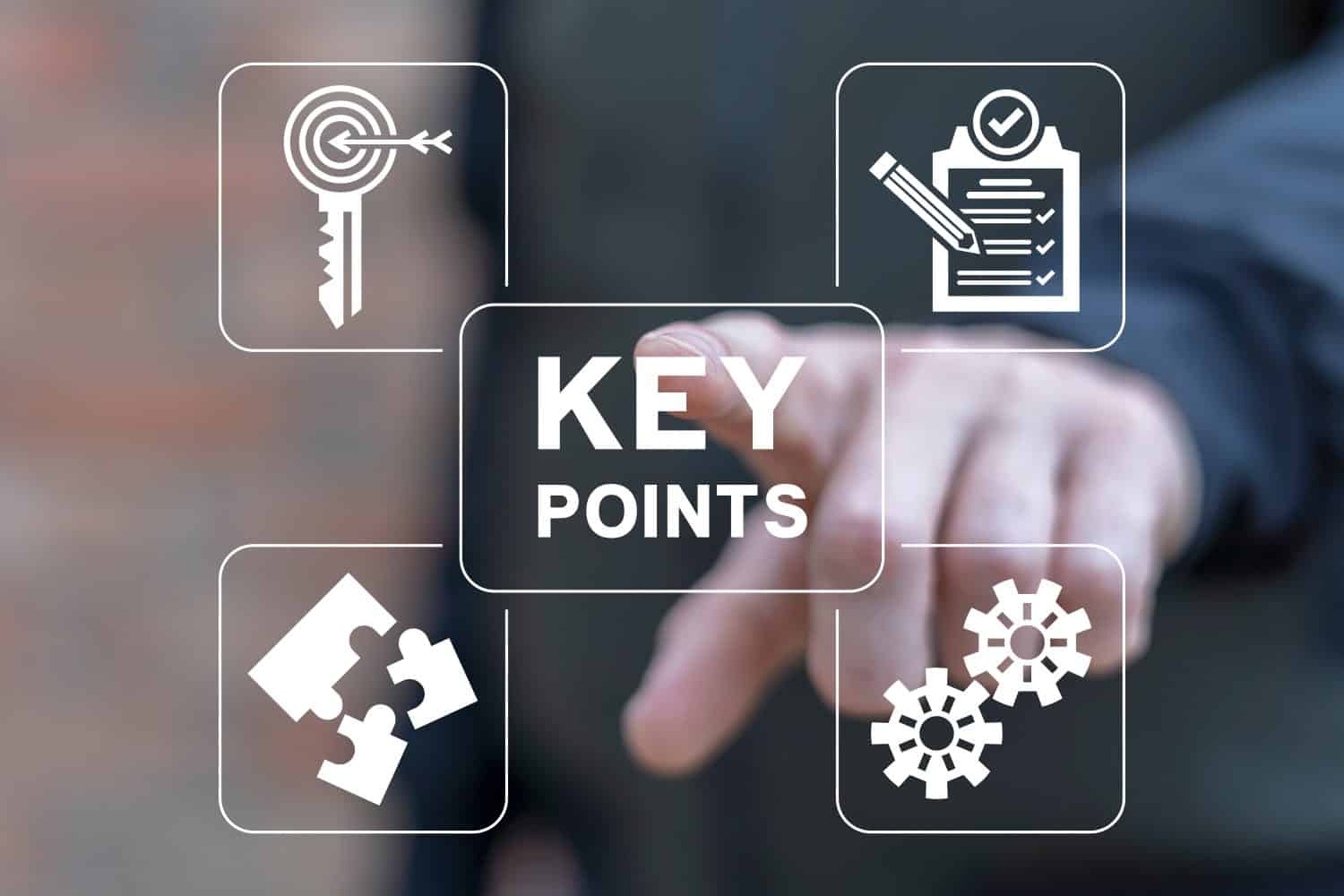
James Howells will buy the dump if he has to, to get his bitcoin back. The legal and technical hurdles mean that, sadly, nearly a billion dollars is lost for good. Are you ahead, or behind on retirement? SmartAsset’s free tool can match you with a financial advisor in minutes to help you answer that today. Each advisor has been carefully vetted, and must act in your best interests. Don’t waste another minute; get started by clicking here here.(Sponsor)
Key Points
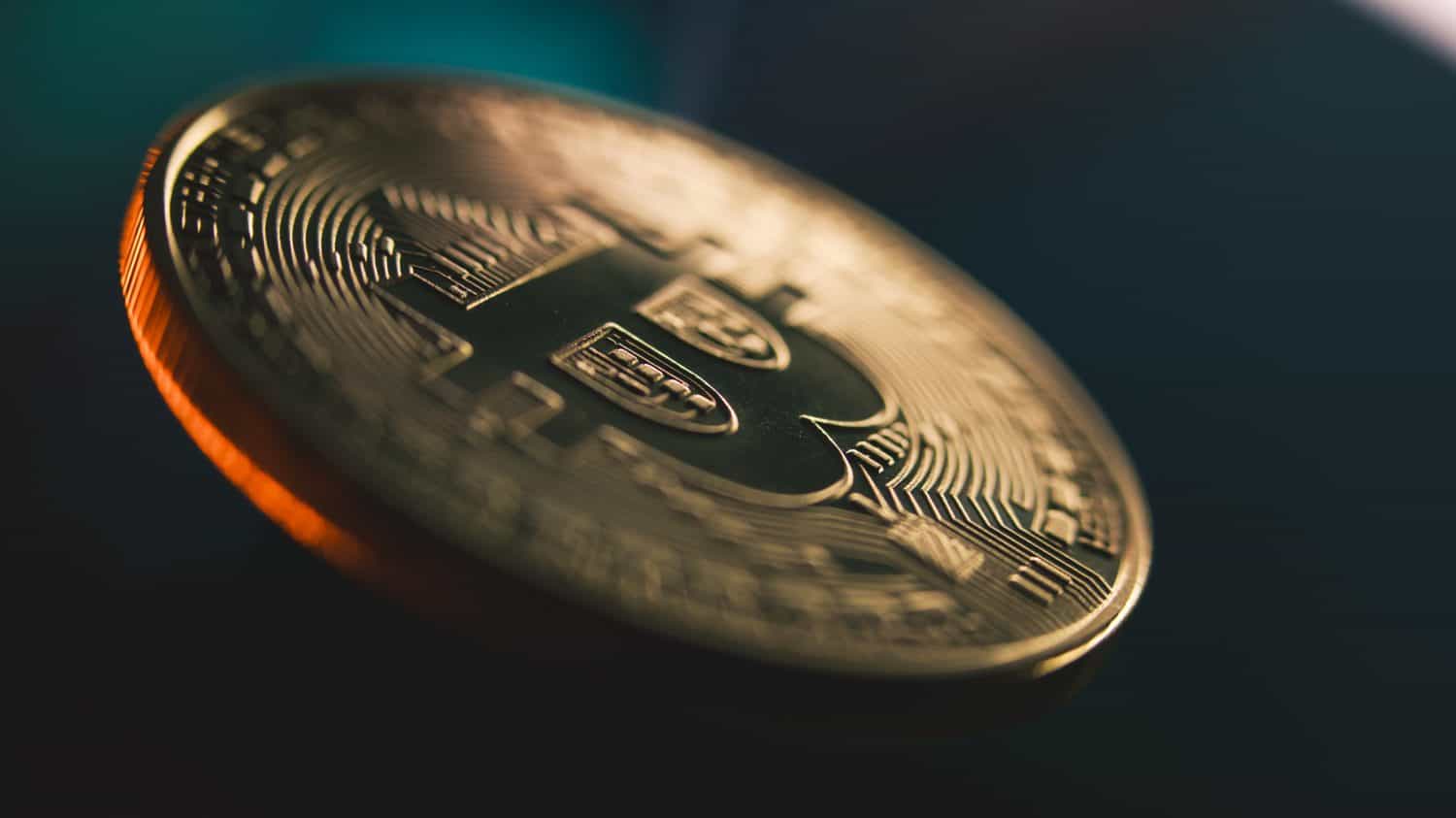
Bitcoins are a virtual currency that represent unique solutions to a computational puzzle that are identified by a cryptographic key and traded online. Every 10 minutes 3.125 BTC are “mined.” As of Feb. 22, 2025, Bitcoins were selling for $95,570.63. It’s an extremely volatile market, but the election of Donald Trump and the involvement of Elon Musk in the government caused Bitcoin value to rise by about 50%, as they have been proponents of the technology.
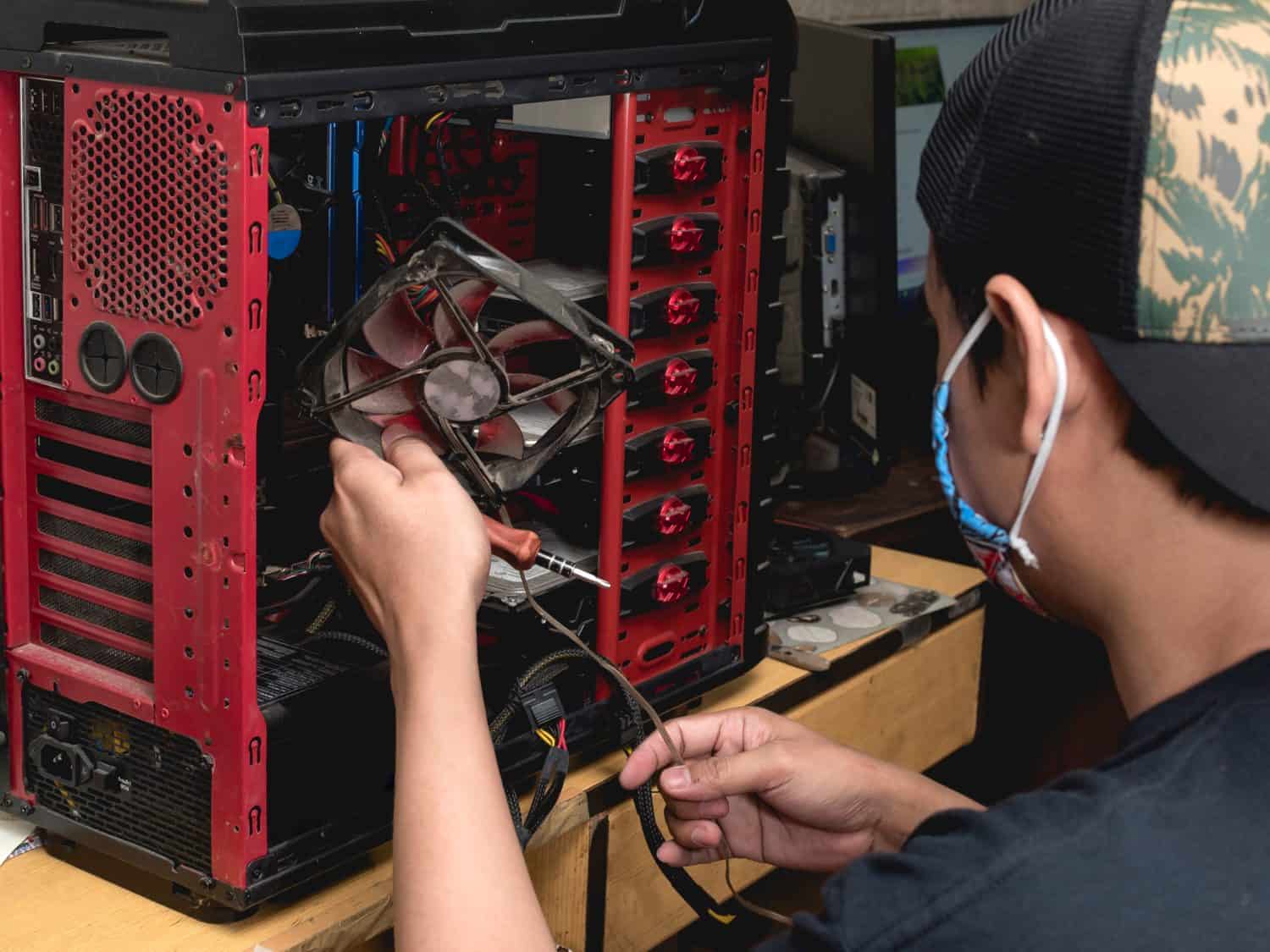
In the early days, Bitcoin mining was less high-tech and required less computing power than it does today. Ordinary CPUs, left running long enough, could crack a digital puzzle to earn a Bitcoin reward.
That’s how 23-year-old James Howells, a native of Wales, started mining on his Dell XPS laptop in 2009. After accumulating about 8,000 Bitcoins, his laptop overheated and he sold it for parts on eBay. His cryptographic Bitcoin key, though, was safely stored on an encrypted hard drive.
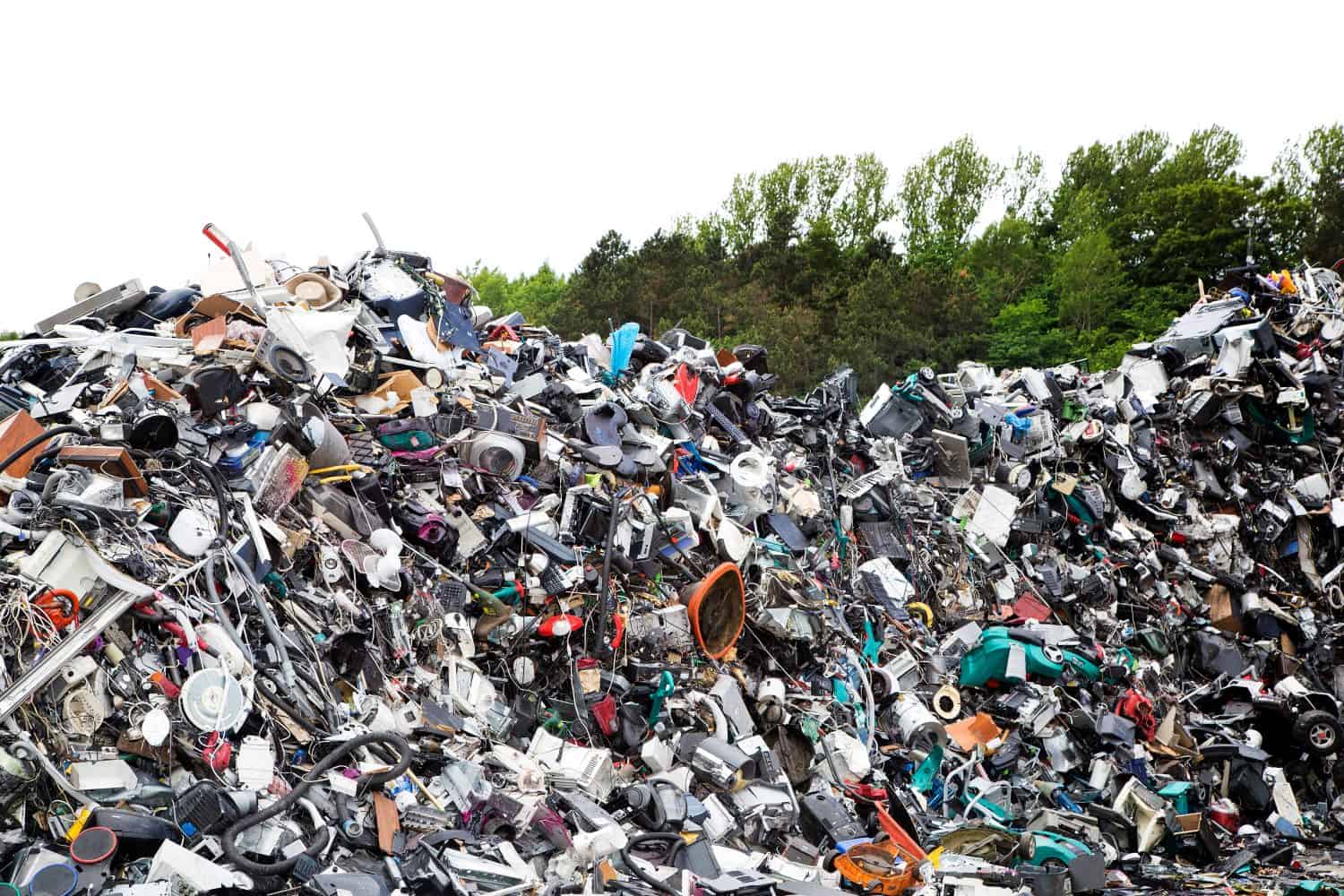
James’ key on the hard drive was safe, but the hard drive itself was not. James’ partner mistook a black bag with the drive in it for trash and took it to the dump in 2013. (Incidentally, she’s described as a “former” partner. One guess why that is). Once he realized what happened, his drive was at the Docksway landfill in Newport, South Wales, covered in 3-5 feet of trash, and getting harder to find by the day as new garbage arrived.

Despite his frantic pleas, the city refused to allow him to search the dump. He made numerous entreaties, including offering the Newport city council £200 million of the proceeds if they would allow him to comb the dump for it. Nice try, but nope, the city said.
In 2022 he expanded his proposal into a strategy involving AI, drones, and robotic dogs to increase the chances of success. Still, the bureaucrats were unmoved by his plight and refused. After all, in the end they would bear the cost of restoring the landfill in an environmentally sound way with taxpayer dollars if it all proved to be a fruitless search.
The most recent development is that in January 2025 the High Court ruled against a lawsuit from Howells claiming the town was depriving him of intellectual property rights. The town replied that he had surrendered ownership to them when he discarded the property. The High Court agreed, and to add insult to injury, ruled that the recovery effort had “no realistic prospect of succeeding.”

Now, the city council has announced plans to close and cap the site. At the size of 3-4 soccer fields and containing over 100,000 tons of waste, it’s now 80-90% full. The city plans to install a solar farm there. But James, now 39 years old, has one last proposal up his sleeve. He’s talking with investors about purchasing the whole site, “as is” so he can search to his heart’s content.
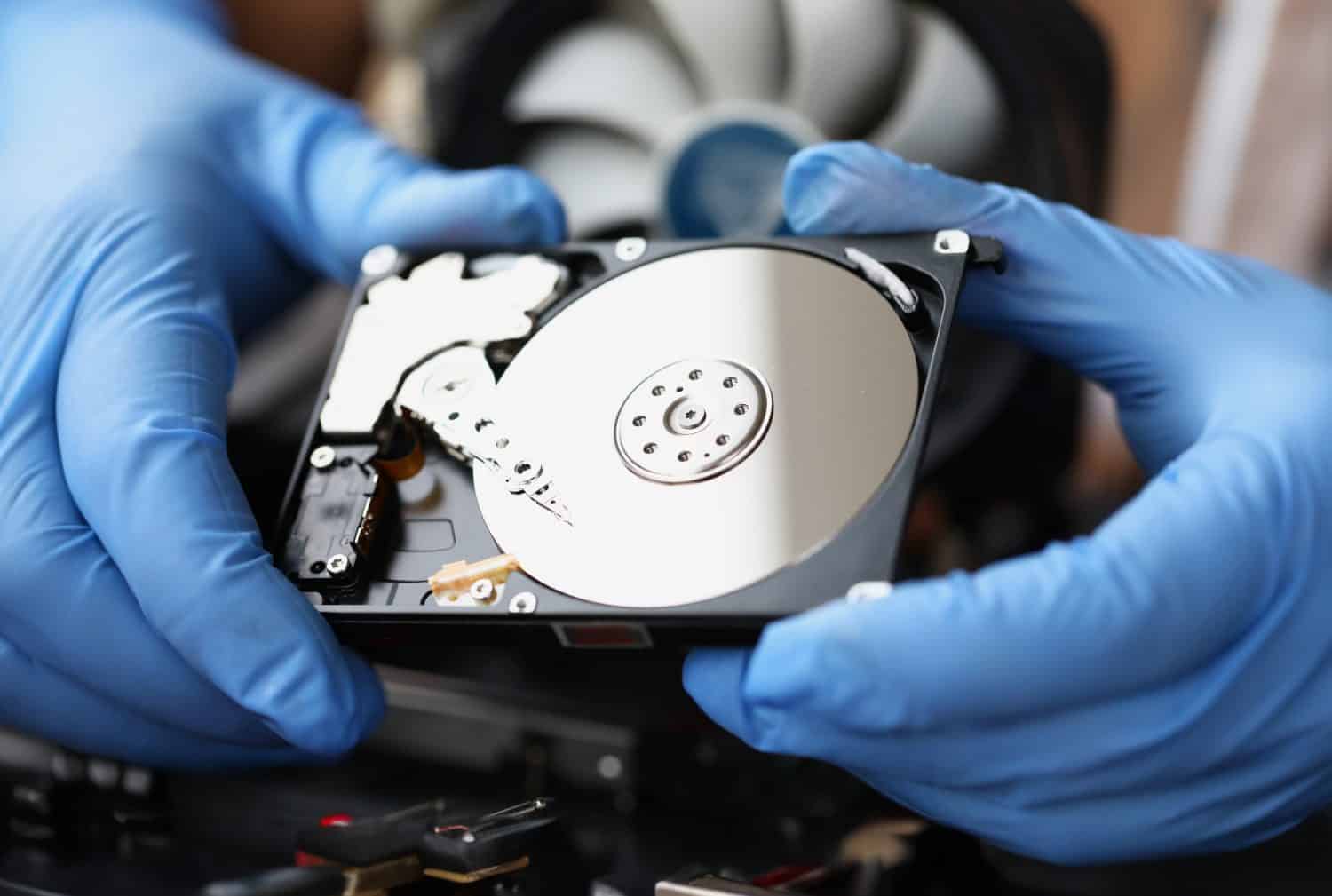
When a hard drive is damaged by malware or ordinary types of damage, there is a strong likelihood that a professional can recover some of the data on it, as long as it has not been overwritten with other data.
In the case of a drive that has been buried in a landfill for 16 years, honestly, the prospects are not good. Not good at all. There’s a lot of precipitation in Wales. The internal workings of the drive have likely been water damaged and exposed to toxic gasses from decaying garbage. Digging through the garbage roughly could jar it and create more damage and data loss, so the search would be painstakingly slow. DriveSavers data recovery firm has laid out a plan to recover the data, but it’s very much a long shot. But given the stakes, perhaps a long shot worth taking.
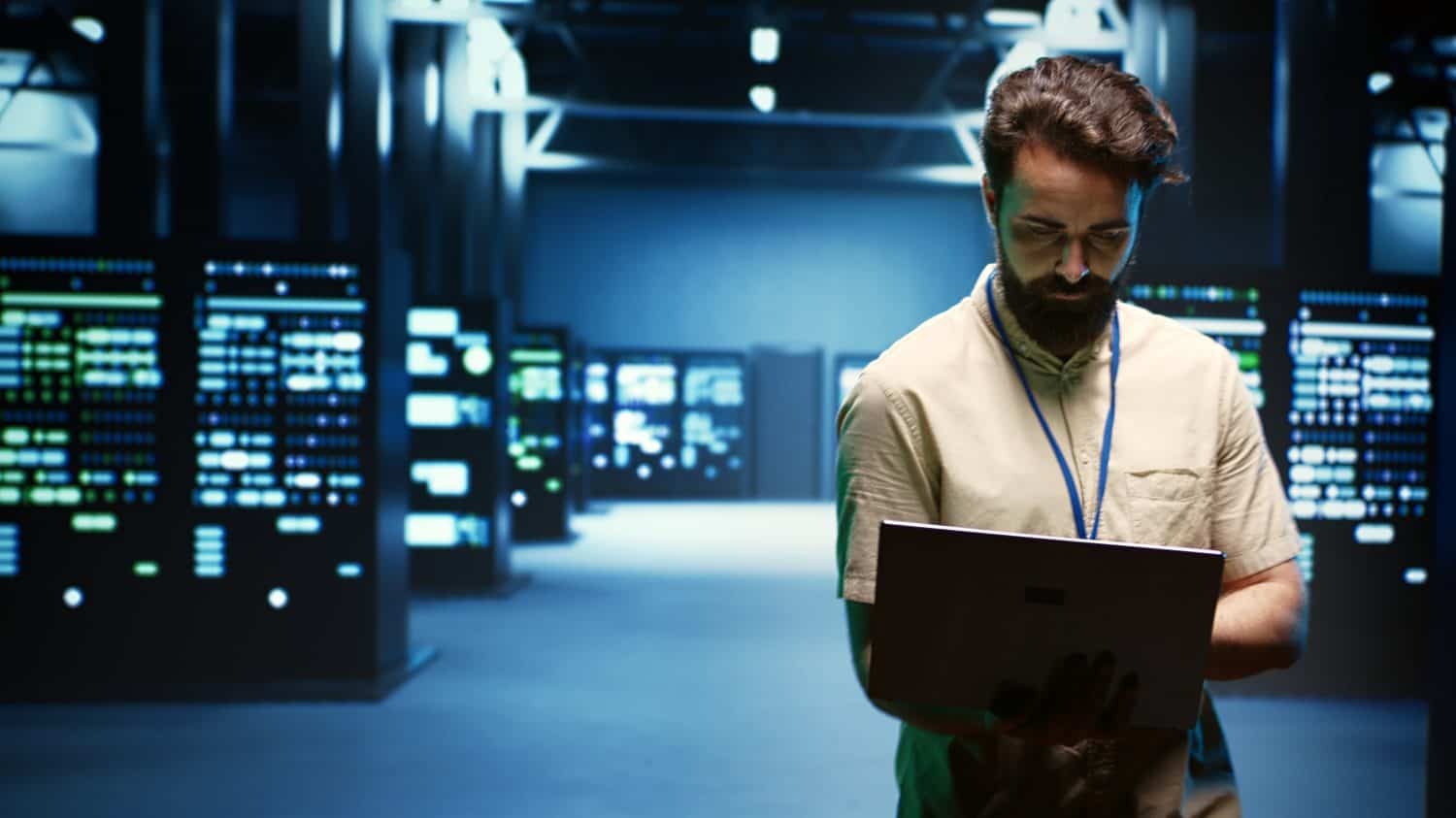
James mined all those Bitcoins when the tech was new, required less computing power, and had less competition. Even then, the effort burned out his laptop. In 2013, Applied Specific Integration Circuits (ASICs) came out, optimized for mining and more powerful for that purpose than a standard CPU. Vast mining farms with rows of specialized units operate continuously to earn bitcoins. It takes enormous amounts of electricity, so much so that profitable farms have to source cheap forms of energy, especially renewable energy when it is available.
It’s so computational-intensive, if you tried to do it on a standard laptop you’d likely never accomplish it and the electricity costs for running your computer continuously and a cooling system for it would be hundreds of dollars a month and prematurely wear out your computer. The only way to begin to make it work is to be part of a mining pool, where computational tasks related to finding the bitcoin are distributed across many computers. When a bitcoin is mined, the profits are proportionately shared among those who participated based on their level of participation, in some payment models. It’s not at all profitable these days for a regular Joe, or James, to do on a home computer, or even with a dedicated ASIC system. You’d need a lot of them, in a facility and with personnel to keep them powered, maintained, cleaned, and cooled. But in the end, there are other ways to make money on computers without all those costs and risks.
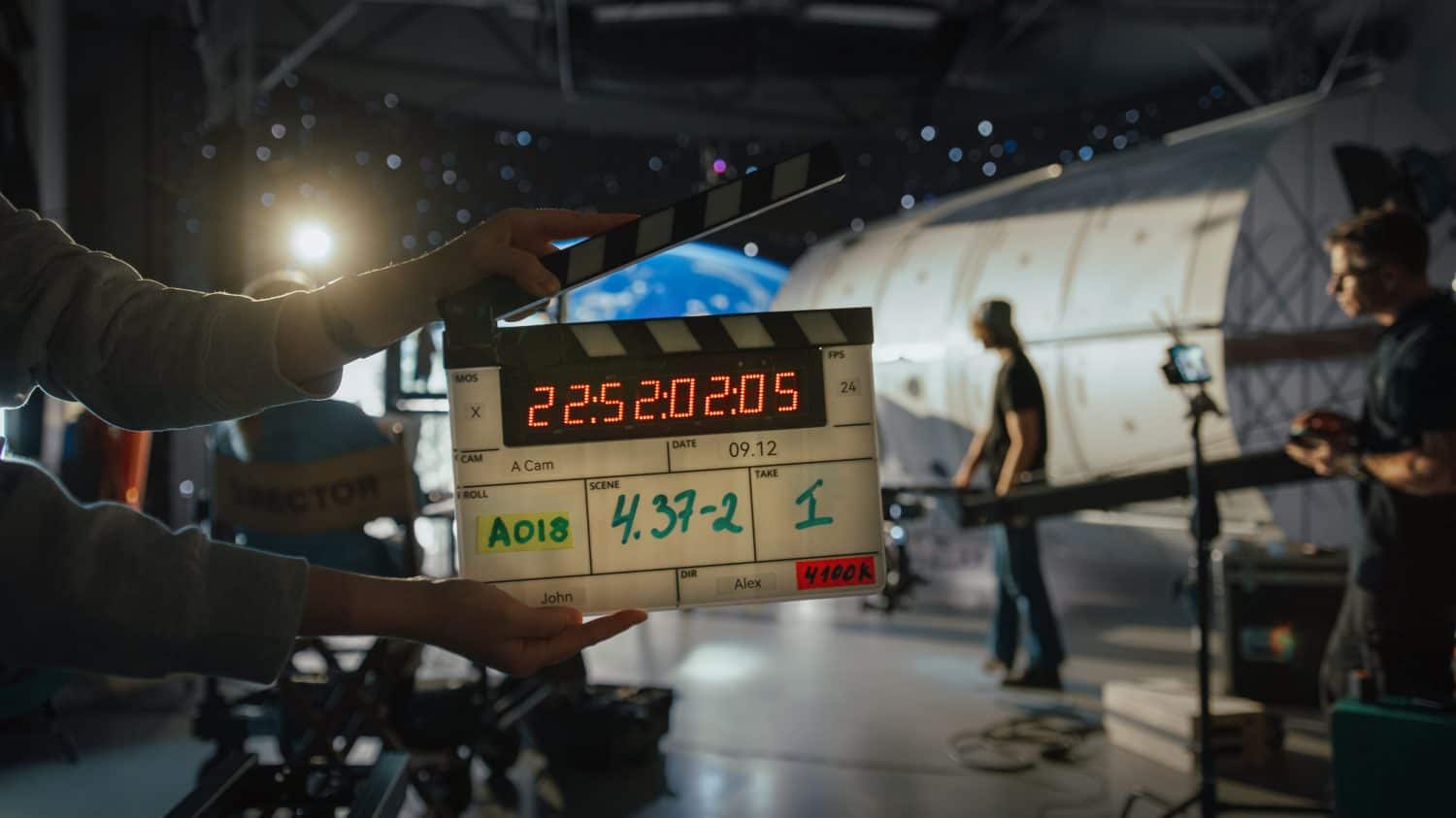
If by chance James Howells you read this, know that we are rooting for you! We hope a billionaire tech investor will swoop in, buy the dump, and save the day. But how about this: pitch a reality t.v. show. Every day you and your team discover interesting things in the dump, including intriguing clues that you may be getting closer. And now and then, a few candidate hard drives that keep us in suspense while they’re tested . . . Even if you never find those millions, there’s millions to be made in good t.v. that has us rooting for the underdog. Good luck to you, mate.
Start by taking a quick retirement quiz from SmartAsset that will match you with up to 3 financial advisors that serve your area and beyond in 5 minutes, or less.
Each advisor has been vetted by SmartAsset and is held to a fiduciary standard to act in your best interests.
Here’s how it works:
1. Answer SmartAsset advisor match quiz
2. Review your pre-screened matches at your leisure. Check out the advisors’ profiles.
3. Speak with advisors at no cost to you. Have an introductory call on the phone or introduction in person and choose whom to work with in the future
Thank you for reading! Have some feedback for us?
Contact the 24/7 Wall St. editorial team.